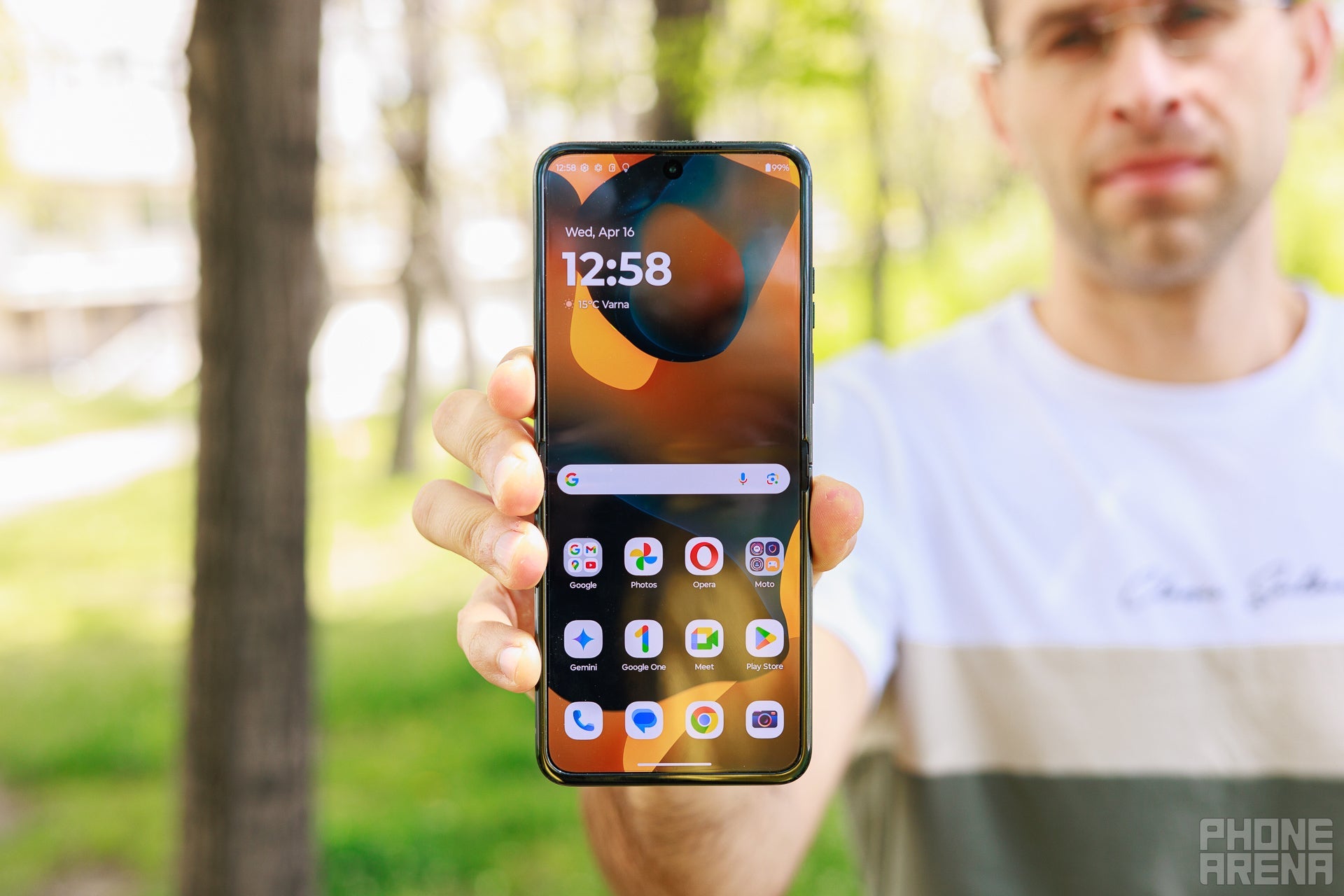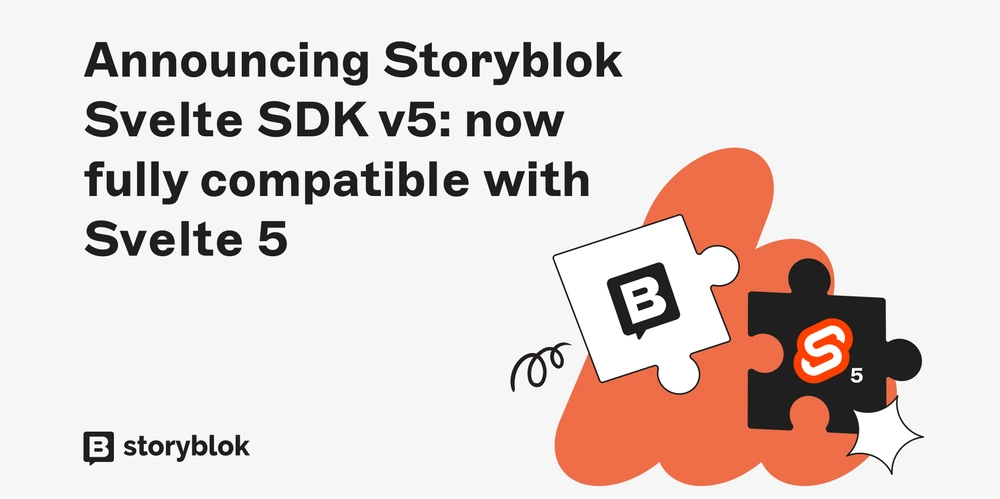How to Fix APNS Token Not Set Error in Flutter with Firebase
Introduction If you're developing a Flutter application that uses Firebase Cloud Messaging (FCM) on iOS and encountering an error like "[firebase_messaging/apns-token-not-set] APNS token has not been set yet", this guide will walk you through the problem and provide potential solutions. Understanding this error is crucial for effective notification handling in your app, as APNS tokens are essential for sending push notifications to iOS devices. In this article, we'll explore why this happens and how to resolve it. Why Does the APNS Token Not Get Set? The APNS token is critical for enabling push notifications on iOS devices. Several factors can prevent the retrieval of the APNS token, leading to this error. These include: Permission Settings: Users must grant permission for your app to receive notifications. If permission is denied, the APNS token will not be generated. App Configuration: The app may not be correctly configured for push notifications. This includes settings in Xcode, your Firebase console, and even in your AppDelegate.swift file. Device Limitations: Sometimes, the method to retrieve the APNS token takes time, or there might be connectivity issues with Apple's servers. Make sure that you've taken care of all these factors to ensure that your app can retrieve the APNS token successfully. Step-by-Step Solution 1. Ensure Proper Permissions Check that the user has granted notification permissions. Use the following permission request mechanism: final settings = await fcm.requestPermission( alert: true, announcement: true, badge: true, carPlay: true, criticalAlert: true, provisional: false, sound: true, providesAppNotificationSettings: true, ); After requesting, check the authorization status: switch (settings.authorizationStatus) { case AuthorizationStatus.authorized: case AuthorizationStatus.provisional: isGranted = true; break; case AuthorizationStatus.denied: case AuthorizationStatus.notDetermined: isGranted = false; break; } 2. Validate Your Xcode Configuration Enable Push Notifications: In your Xcode project settings, navigate to the Signing & Capabilities tab and ensure that Push Notifications is enabled. Background Modes: Also, ensure that Background Modes is activated and Remote notifications is checked. APNs Certificates: Make sure you've uploaded the correct APNs certificate in your Firebase project settings. Navigate to your Firebase Console > Project Settings > Cloud Messaging to upload the APNs Auth Key. 3. Modify AppDelegate.swift Ensure your AppDelegate.swift file is set up appropriately. The usual setup code looks like this: import Flutter import UIKit import Firebase @main @objc class AppDelegate: FlutterAppDelegate { override func application( _ application: UIApplication, didFinishLaunchingWithOptions launchOptions: [UIApplication.LaunchOptionsKey: Any]? ) -> Bool { FirebaseApp.configure() GeneratedPluginRegistrant.register(with: self) return super.application(application, didFinishLaunchingWithOptions: launchOptions) } } Make sure that you're calling FirebaseApp.configure() correctly, as this initializes Firebase and allows your app to interact with its services. 4. Handling the APNS Token After ensuring that your permissions and configurations are correct, proceed to fetch the APNS token: if (isGranted) { if (Platform.isIOS) { try { apnsToken = await fcm.getAPNSToken(); print("Initial APNS Token: $apnsToken"); if (apnsToken == null) { await Future.delayed(const Duration(seconds: 2)); apnsToken = await fcm.getAPNSToken(); print("Retried APNS Token: $apnsToken"); } } catch (e) { print("Error fetching APNS Token: $e"); } } } 5. Testing on Real Devices Testing push notifications on physical devices is essential since simulators do not support APNs. Ensure you deploy your application on a real iOS device to verify if the token is being retrieved successfully. Frequently Asked Questions Q1: I have enabled push notifications and still receive the error. What should I do? Make sure you have correctly uploaded your APNs certificate to Firebase. Also, verify your permissions are appropriately requested at runtime. Q2: What if the user denies permission? If permission is denied, you can guide the user to enable notifications via app settings in your app, providing an option to navigate them to settings. Conclusion In conclusion, the issue of "[firebase_messaging/apns-token-not-set]" generally arises from improper permissions, configuration issues, or device restrictions. By following the outlined steps methodically, you should be able to solve this problem and successfully retrieve the APNS token for your Flutter app using Firebase. Always remember to test on a real device and check your Firebase settings. If the problem persists, review the setup logs around the time the token is being retrieved for any clues
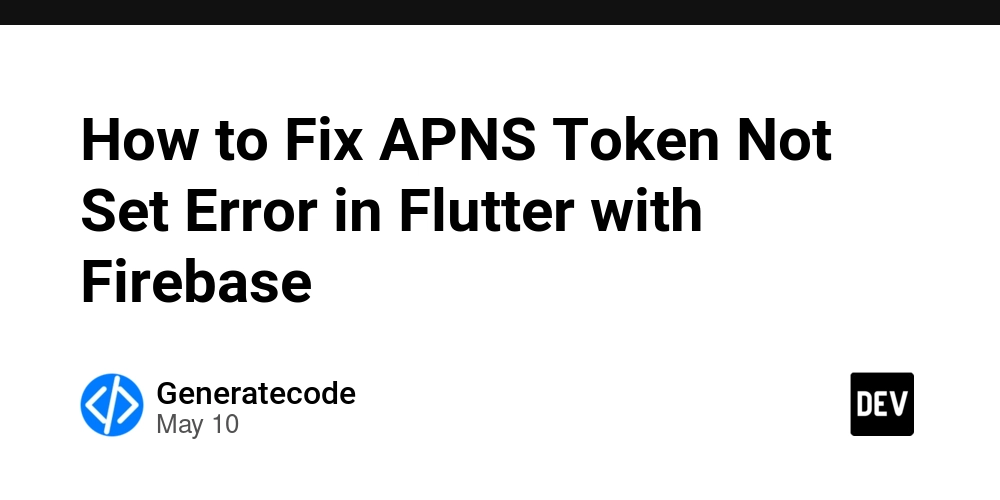
Introduction
If you're developing a Flutter application that uses Firebase Cloud Messaging (FCM) on iOS and encountering an error like "[firebase_messaging/apns-token-not-set] APNS token has not been set yet", this guide will walk you through the problem and provide potential solutions. Understanding this error is crucial for effective notification handling in your app, as APNS tokens are essential for sending push notifications to iOS devices. In this article, we'll explore why this happens and how to resolve it.
Why Does the APNS Token Not Get Set?
The APNS token is critical for enabling push notifications on iOS devices. Several factors can prevent the retrieval of the APNS token, leading to this error. These include:
- Permission Settings: Users must grant permission for your app to receive notifications. If permission is denied, the APNS token will not be generated.
-
App Configuration: The app may not be correctly configured for push notifications. This includes settings in Xcode, your Firebase console, and even in your
AppDelegate.swiftfile. - Device Limitations: Sometimes, the method to retrieve the APNS token takes time, or there might be connectivity issues with Apple's servers.
Make sure that you've taken care of all these factors to ensure that your app can retrieve the APNS token successfully.
Step-by-Step Solution
1. Ensure Proper Permissions
Check that the user has granted notification permissions. Use the following permission request mechanism:
final settings = await fcm.requestPermission(
alert: true,
announcement: true,
badge: true,
carPlay: true,
criticalAlert: true,
provisional: false,
sound: true,
providesAppNotificationSettings: true,
);
After requesting, check the authorization status:
switch (settings.authorizationStatus) {
case AuthorizationStatus.authorized:
case AuthorizationStatus.provisional:
isGranted = true;
break;
case AuthorizationStatus.denied:
case AuthorizationStatus.notDetermined:
isGranted = false;
break;
}
2. Validate Your Xcode Configuration
- Enable Push Notifications: In your Xcode project settings, navigate to the Signing & Capabilities tab and ensure that Push Notifications is enabled.
- Background Modes: Also, ensure that Background Modes is activated and Remote notifications is checked.
- APNs Certificates: Make sure you've uploaded the correct APNs certificate in your Firebase project settings. Navigate to your Firebase Console > Project Settings > Cloud Messaging to upload the APNs Auth Key.
3. Modify AppDelegate.swift
Ensure your AppDelegate.swift file is set up appropriately. The usual setup code looks like this:
import Flutter
import UIKit
import Firebase
@main
@objc class AppDelegate: FlutterAppDelegate {
override func application(
_ application: UIApplication,
didFinishLaunchingWithOptions launchOptions: [UIApplication.LaunchOptionsKey: Any]?
) -> Bool {
FirebaseApp.configure()
GeneratedPluginRegistrant.register(with: self)
return super.application(application, didFinishLaunchingWithOptions: launchOptions)
}
}
Make sure that you're calling FirebaseApp.configure() correctly, as this initializes Firebase and allows your app to interact with its services.
4. Handling the APNS Token
After ensuring that your permissions and configurations are correct, proceed to fetch the APNS token:
if (isGranted) {
if (Platform.isIOS) {
try {
apnsToken = await fcm.getAPNSToken();
print("Initial APNS Token: $apnsToken");
if (apnsToken == null) {
await Future.delayed(const Duration(seconds: 2));
apnsToken = await fcm.getAPNSToken();
print("Retried APNS Token: $apnsToken");
}
} catch (e) {
print("Error fetching APNS Token: $e");
}
}
}
5. Testing on Real Devices
Testing push notifications on physical devices is essential since simulators do not support APNs. Ensure you deploy your application on a real iOS device to verify if the token is being retrieved successfully.
Frequently Asked Questions
Q1: I have enabled push notifications and still receive the error. What should I do?
Make sure you have correctly uploaded your APNs certificate to Firebase. Also, verify your permissions are appropriately requested at runtime.
Q2: What if the user denies permission?
If permission is denied, you can guide the user to enable notifications via app settings in your app, providing an option to navigate them to settings.
Conclusion
In conclusion, the issue of "[firebase_messaging/apns-token-not-set]" generally arises from improper permissions, configuration issues, or device restrictions. By following the outlined steps methodically, you should be able to solve this problem and successfully retrieve the APNS token for your Flutter app using Firebase. Always remember to test on a real device and check your Firebase settings. If the problem persists, review the setup logs around the time the token is being retrieved for any clues to further investigate.










































































































































































![[The AI Show Episode 146]: Rise of “AI-First” Companies, AI Job Disruption, GPT-4o Update Gets Rolled Back, How Big Consulting Firms Use AI, and Meta AI App](https://www.marketingaiinstitute.com/hubfs/ep%20146%20cover.png)












































































































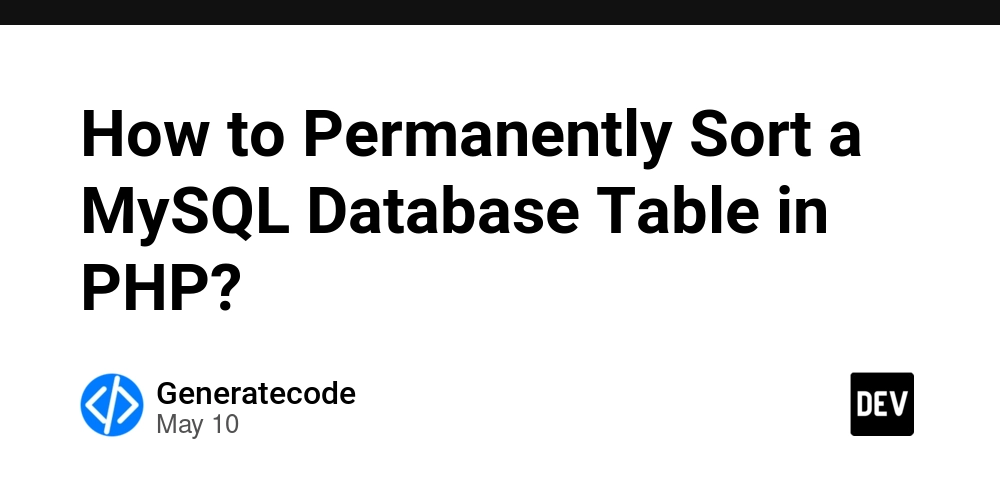















![[FREE EBOOKS] Offensive Security Using Python, Learn Computer Forensics — 2nd edition & Four More Best Selling Titles](https://www.javacodegeeks.com/wp-content/uploads/2012/12/jcg-logo.jpg)



![Ditching a Microsoft Job to Enter Startup Purgatory with Lonewolf Engineer Sam Crombie [Podcast #171]](https://cdn.hashnode.com/res/hashnode/image/upload/v1746753508177/0cd57f66-fdb0-4972-b285-1443a7db39fc.png?#)





























































.jpg?width=1920&height=1920&fit=bounds&quality=70&format=jpg&auto=webp#)


































































































































































-xl.jpg)




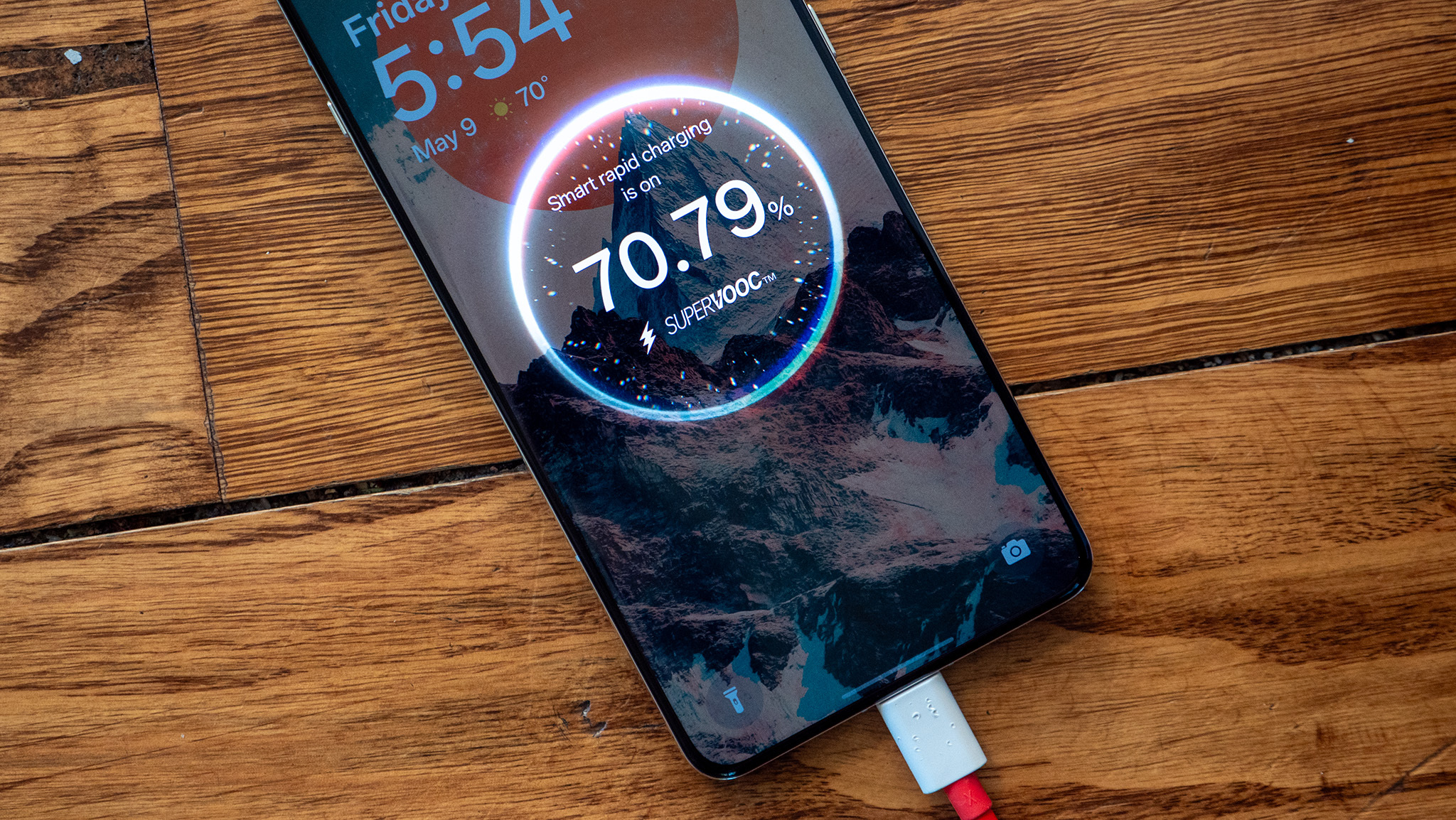

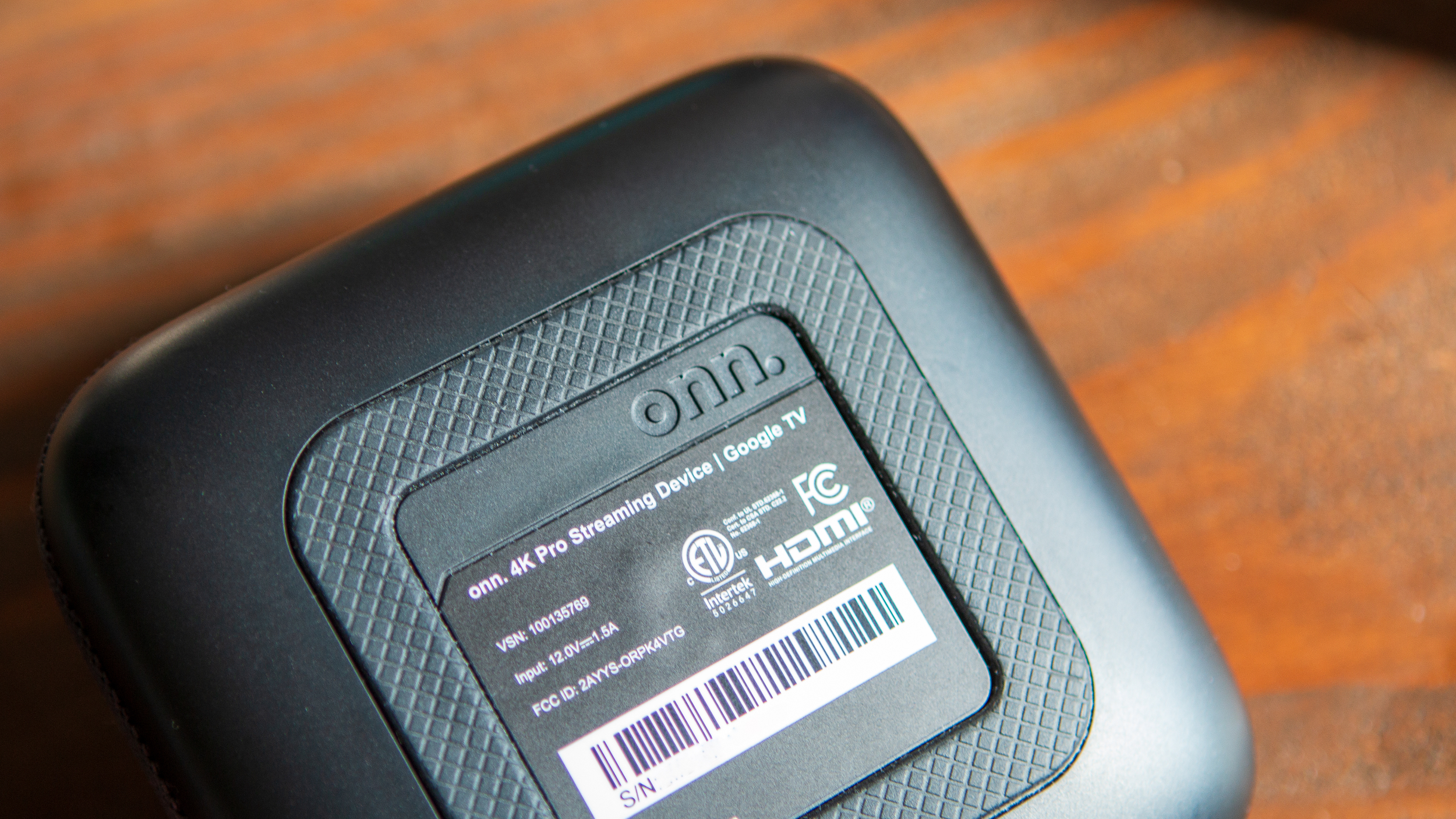




















![Beats Studio Buds + On Sale for $99.95 [Lowest Price Ever]](https://www.iclarified.com/images/news/96983/96983/96983-640.jpg)

![New iPad 11 (A16) On Sale for Just $277.78! [Lowest Price Ever]](https://www.iclarified.com/images/news/97273/97273/97273-640.jpg)
















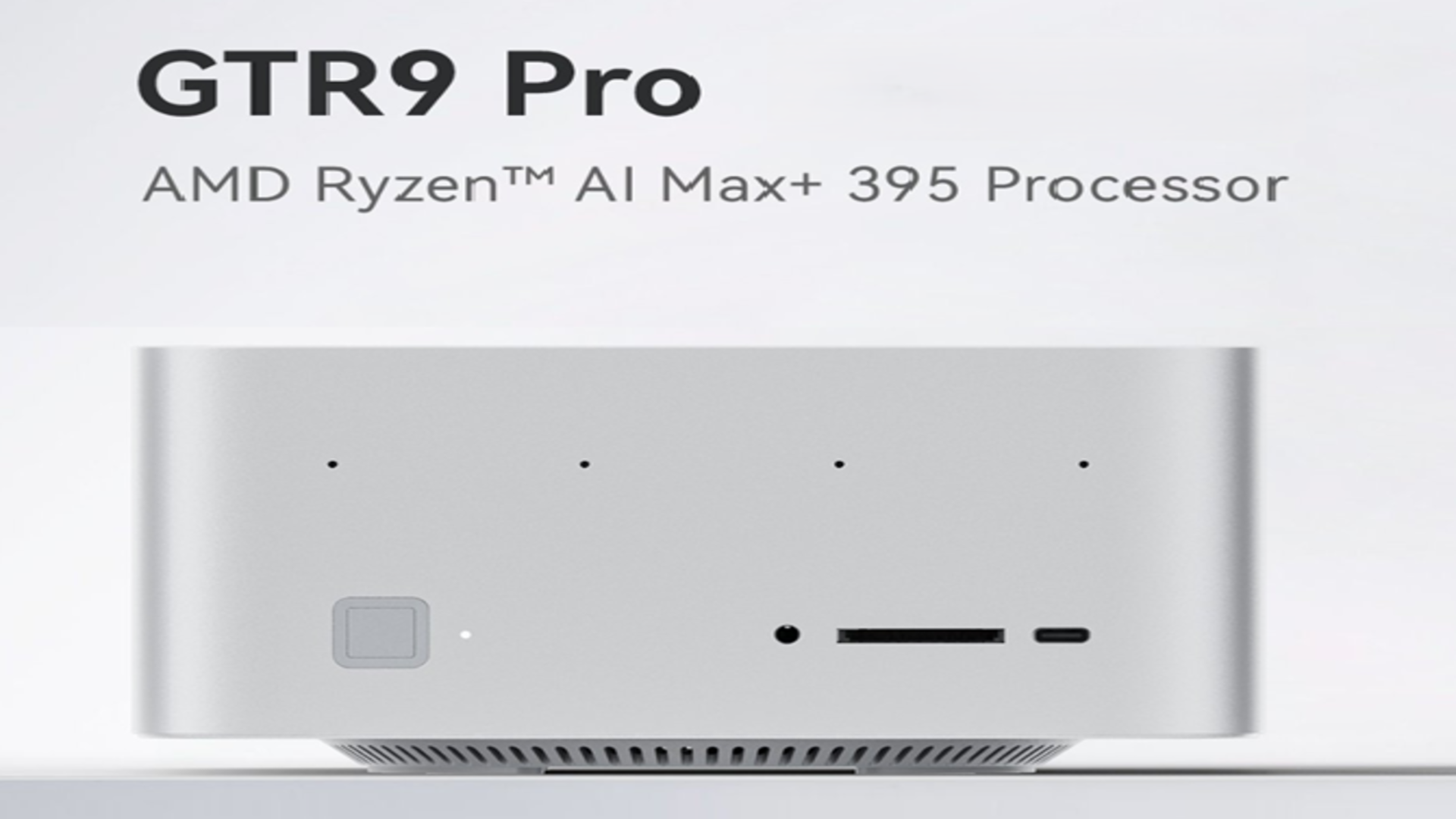
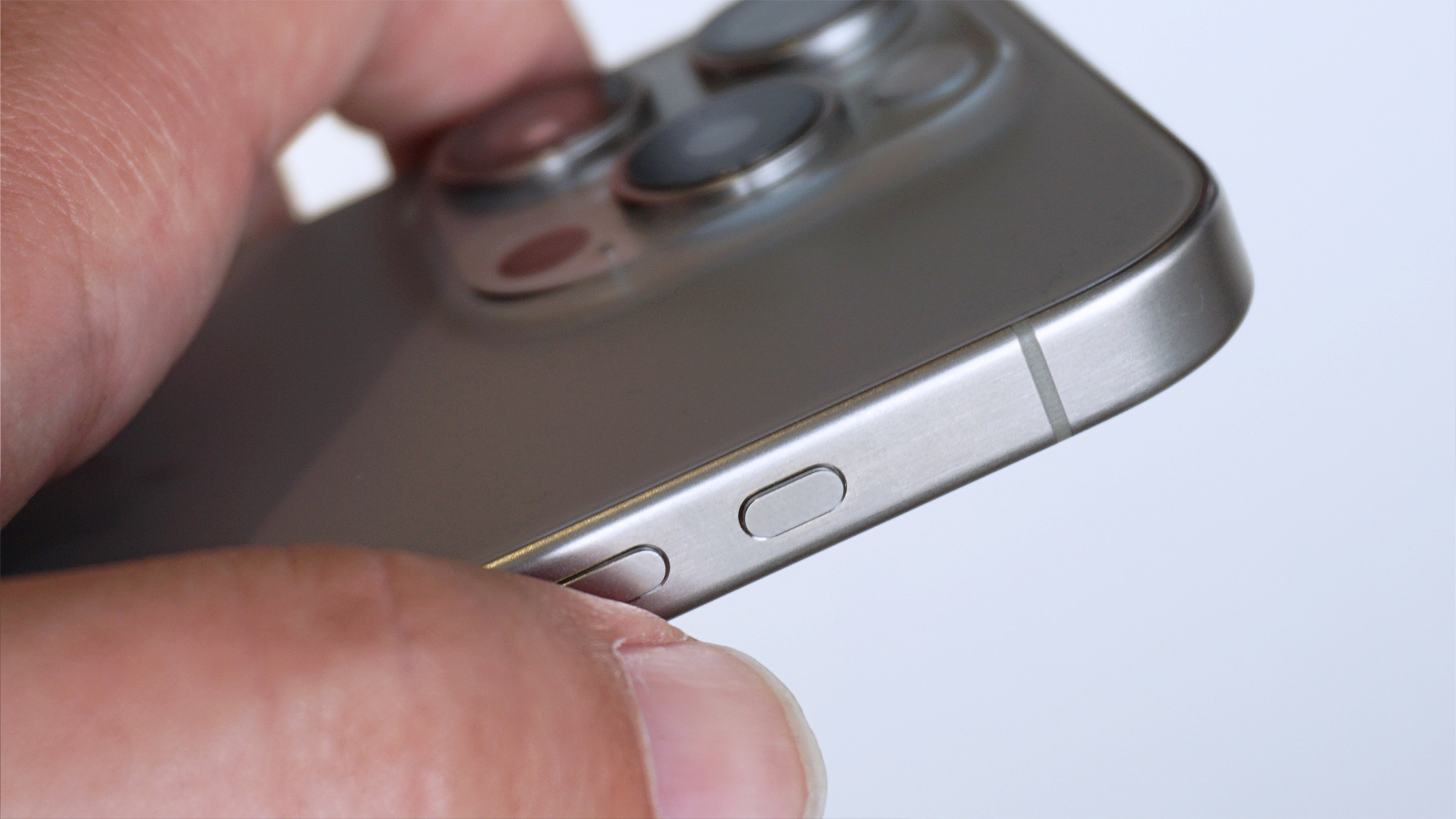





















![Apple's 11th Gen iPad Drops to New Low Price of $277.78 on Amazon [Updated]](https://images.macrumors.com/t/yQCVe42SNCzUyF04yj1XYLHG5FM=/2500x/article-new/2025/03/11th-gen-ipad-orange.jpeg)



![[Exclusive] Infinix GT DynaVue: a Prototype that could change everything!](https://www.gizchina.com/wp-content/uploads/images/2025/05/Screen-Shot-2025-05-10-at-16.07.40-PM-copy.png)



![T-Mobile discontinues a free number feature but a paid alternative exists [UPDATED]](https://m-cdn.phonearena.com/images/article/170235-two/T-Mobile-discontinues-a-free-number-feature-but-a-paid-alternative-exists-UPDATED.jpg?#)


